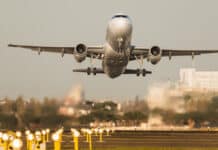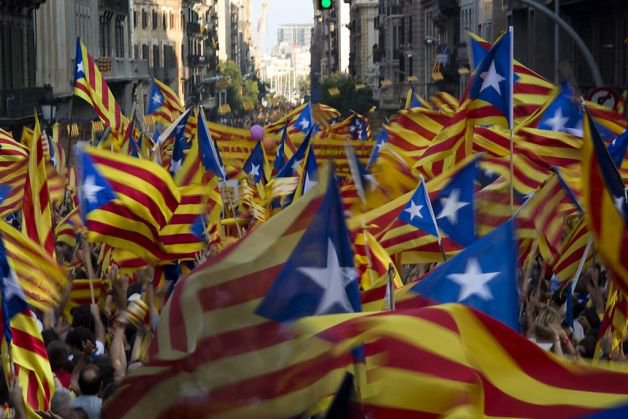South Africa is to place its state-owned flag carrying airline into a local form of bankruptcy protection in a last-ditch effort to avert a full collapse. South African Airways, which has been ravaged by years of graft and waste and has needed state bailouts to plug losses incurred over most of the past decade, will enter the workout process, a bankruptcy alternative, on Thursday, its board said. The airline is the first South African state company to enter business rescue since the end of the apartheid in 1994, and the crisis is a blow for President Cyril Ramaphosa, who pledged to turn around state companies that were hit by corruption under his predecessor, Jacob Zuma.
A leaked memo from Mr Ramaphosa’s cabinet secretary to ministers on Wednesday said that business rescue was “the only viable route open to the government to avoid an uncontrolled implosion of the airline”. The airline, once Africa’s biggest, was brought to the brink in recent days as its precarious finances worsened and it struggled to secure another bailout from the government. “This is the optimal mechanism to restore confidence in SAA and to safeguard the good assets of SAA and help to restructure and reposition the entity into one that is stronger, more sustainable and able to grow and attract an equity partner,” said Pravin Gordhan, the minister overseeing state-owned companies. SAA owns Mango, a budget carrier, and stakes in local airlines in South Africa, but it has struggled to compete internationally with resurgent African state-owned rivals.
It has been unable to release financial results for the past two years. Last month a week-long strike against proposed job cuts added to pressure on the airline’s financial position. In the face of deteriorating public finances and under pressure to devote scarce resources to Eskom, the embattled state-owned monopoly, Mr Ramaphosa’s government has increasingly seen SAA as expendable, analysts said. Under South African law companies going into business rescue must show that they can secure finance to exit the process. Appointed practitioners will have to judge whether SAA can avoid liquidation.
The government will provide a R4bn ($274m) bailout to SAA as it enters the business rescue process and the airline will have to honour debt guarantees of R19bn. Mr Gordhan said SAA’s business rescue process will “provide an opportunity to critically review the cost structure of the airline while simultaneously attempting to retain as many jobs as possible”. However, legally the government cannot tell rescue practitioners how the airline should be saved. With his latest comments, Mr Gordhan “seems to be stepping over the line . . . we see a political clash coming on this front”, Peter Attard Montalto of Intellidex, a South African research company, said. Despite Mr Gordhan’s entreaty for South Africans to buy tickets and support SAA, passenger confidence in the airline rapidly collapsed over the past week after insurers withdrew protection for bookings.





















